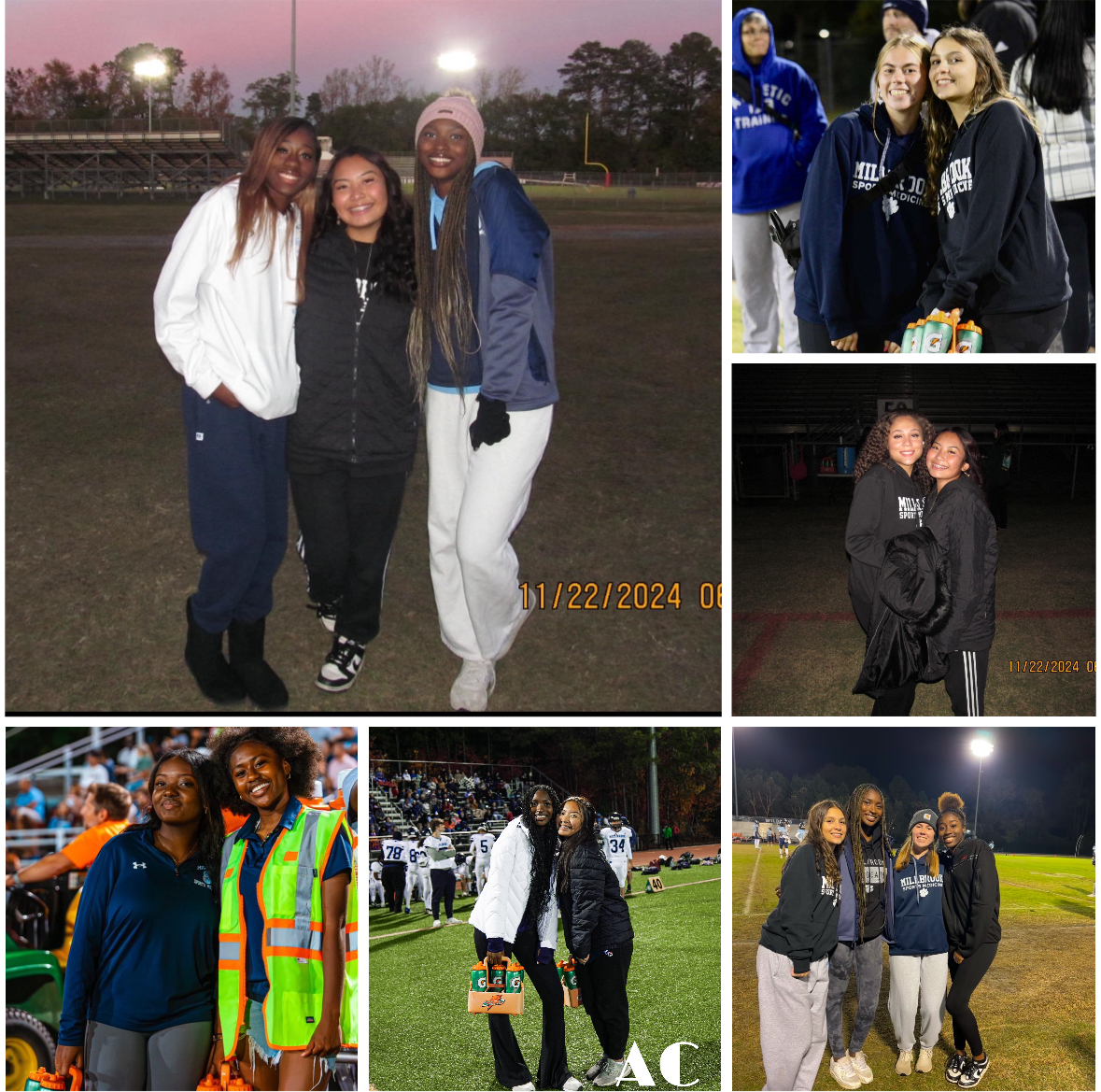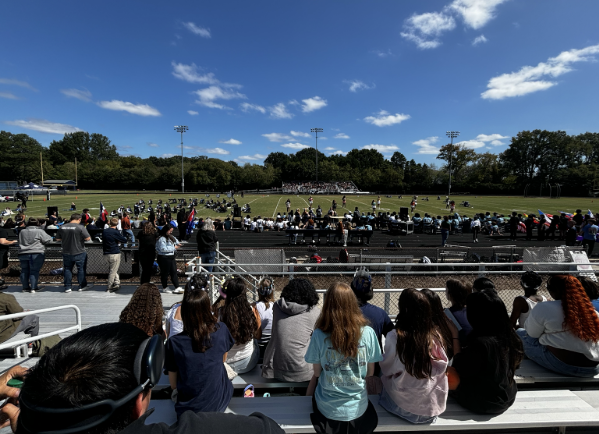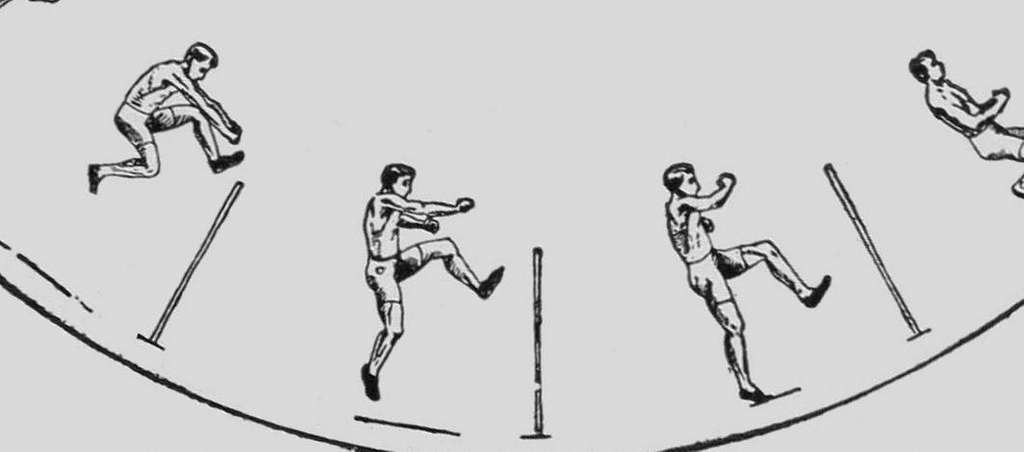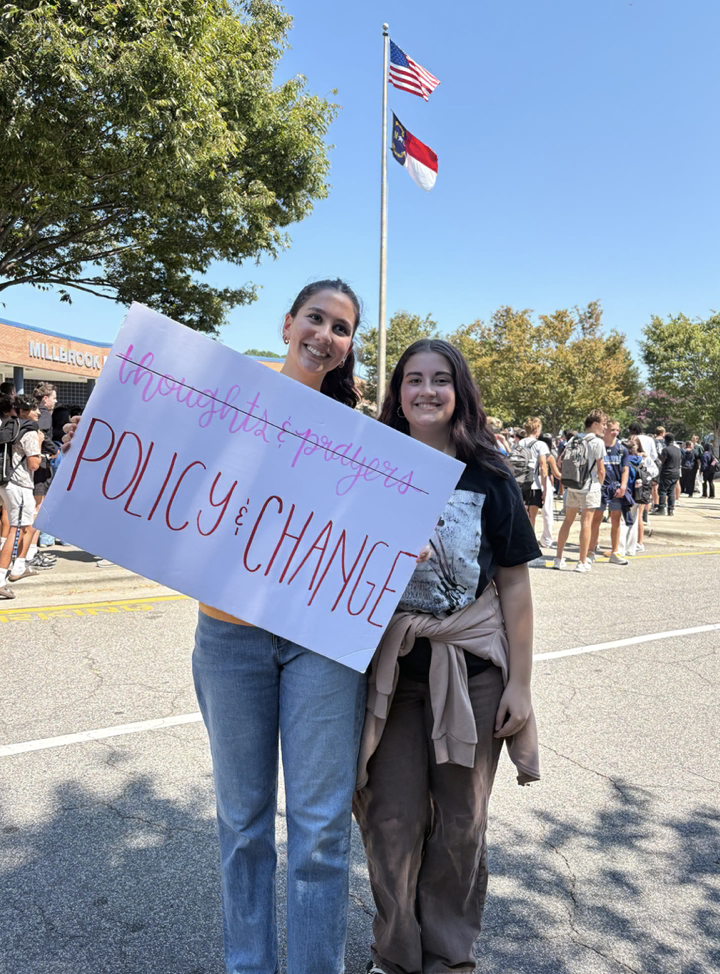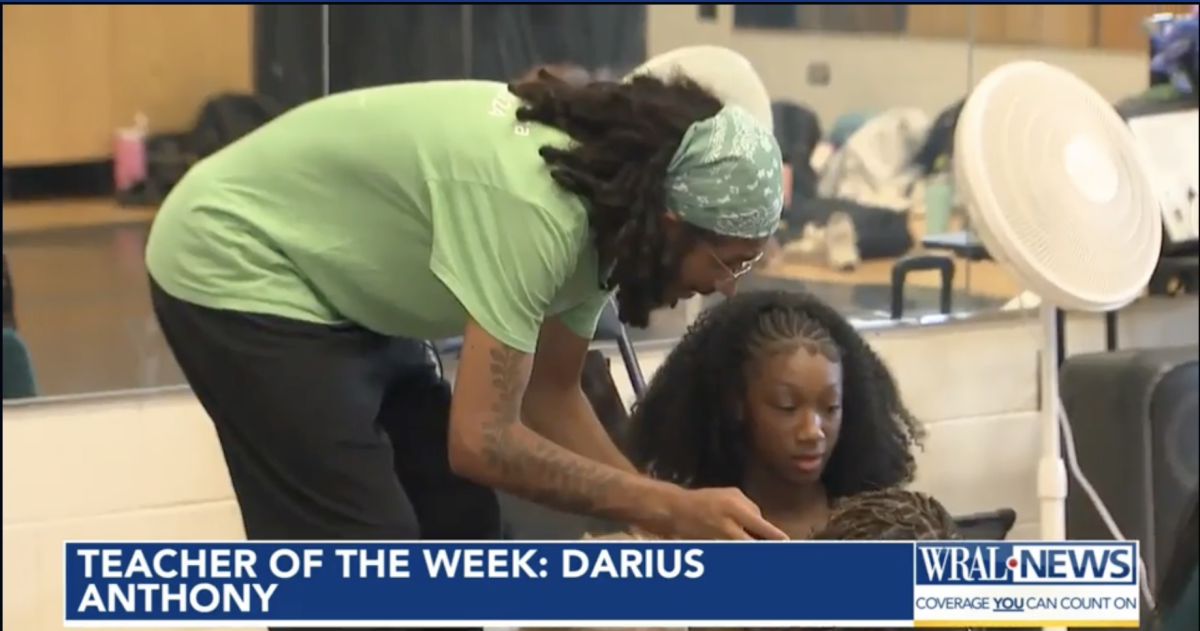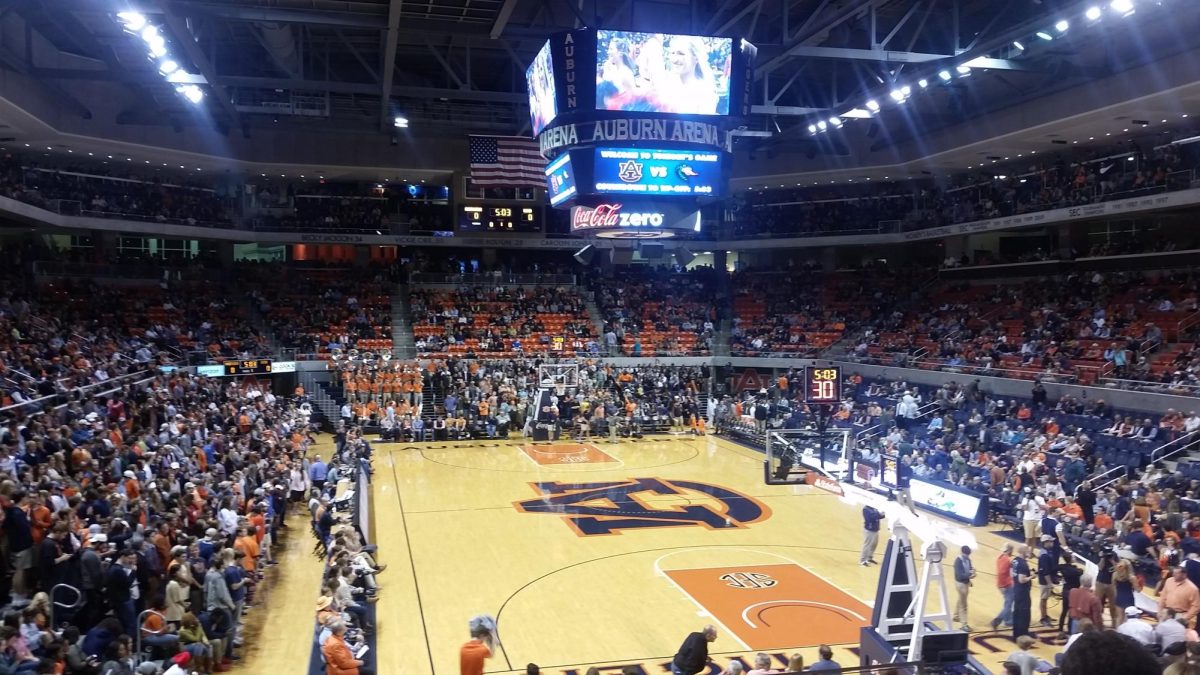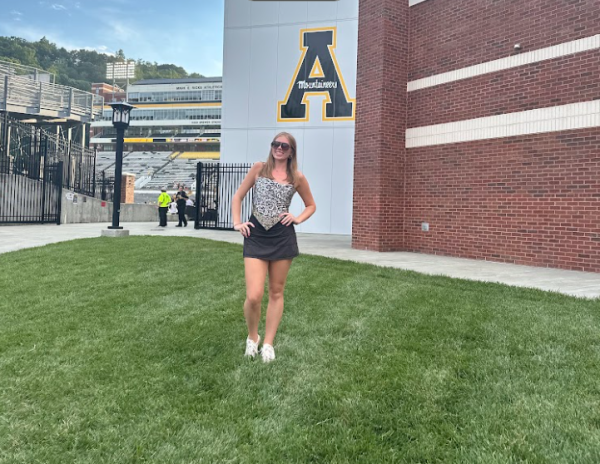While many students, parents and staff focus on the players and coaches at a sporting event, there is another group that regularly goes unnoticed. A high school sports medicine team is a group of students, athletic trainers and physicians that all work together to help provide service and care to athletes on and off the field. While it isn’t always an easy task, many students and staff at Millbrook take on the challenge of working on the sports medicine team.
The sports medicine path first begins in the course, sports medicine I. This is where students first learn the basics of the human body. Learning all 206 bones in the human body, or learning all of the muscles in the face to the feet are the common units for this class. Sports medicine II is where students will start learning how to tape and rehabilitate. The basics are super important with these classes because the next steps build on all the information learned during this first year.
Due to the immense knowledge learned within these four classes, the sports med courses are split into semesters, so the first year a student will take sports medicine I and II, and the second year a student will take sports medicine II and IV. Millbrook currently has two sports med I classes, but that moves down to only one sports medicine III class. This is to make sure that only the most dedicated move on to the next level.
After learning the basics in I and II, a student then moves on to sports medicine III and IV. Course number III is a quick recap of each system, working from the toes and feet up to the neck and head. These students are also seen working with the school’s athletes more, and learning more difficult skills with both taping and rehabilitation techniques. The large task for students in III and IV is to help prep each day for the school’s athletic events. This means filling the necessary coolers, prepping the necessary bags, cleaning the equipment and setting up a specific area for a practice or game.
The next large piece of the class is the hours requirement each quarter. Some classes have an extra piece that will count for a large part of the students grade, and for sports med that is outside of class hours. A large part of this field is that one will learn as they do and practice. The Millbrook sports medicine teachers, Mr. Purdie and Ms. Davis really stress this throughout their classes. For sports medicine I the requirement is 10 outside of class hours each quarter. This moves up to 15 for sports medicine II and 25 for sports medicine III and IV. To earn these hours, students must help rehabilitate athletes after school, work sports events and games, or shadow the athletic trainer Mr. Purdie, to learn more about the class and field that they are a part of.
While taking the class helps students learn the full knowledge, there are special cases where students at Millbrook help at events even though they have only taken half of the course, or haven’t taken the class at all. Two of these examples are senior Dani Daniel and junior Ursula Furnas. Daniel said, “I chose to take the sports med class because I’m interested in the topic as a whole. Stopping the class didn’t stop my interest in it, so I continued helping.”
While Daniel took half of the course, Furnas didn’t take any of it. She said, “I decided to help with sports med even though I wasn’t taking the class because one of my best friends took it and always talked about how much fun she had doing it.”
Some students become a lead for a specific sport, or become a part of a select team that helps with a specific sport or group. These students are very valuable because they know the ins and outs of the sport, learn a lot about each athlete, and they are reliable for the coaches, athletes and the athletic trainer.
One of these main groups is the football “elite” squad. This is a group of six to seven girls that attend almost every practice and game during the football season. This group begins helping the first week in July when the official pre-season begins. Depending on playoffs, this group will help all the way into November, some years.
The elite group for this football season was Ndeye Dieng, Bella Tran, Aamori Sanders, Dani Daniel, Linor Biton, and Mallory Bass. Dieng said, “My favorite sport to work is football because there is a lot more learning opportunities working the sport because it is so high contact.”
Football senior Breyson Palmer said, “I have been helped a few times by the sports medicine team. They are definitely necessary on the field, especially during those Friday night games.”
Football is an important and large part of sports med because a trainer and student help is needed at every practice and game, which is not normally the case for other sports. This means that these students would also travel with the trainer to all away games as well. Traveling across the state of North Carolina for games showed that many schools don’t have as large of a sports medicine program as Millbrook, or one at all. This meant that at some games, the Millbrook students had to help the athletes from other teams as well.
Helping students from other schools is true about any sport, but this is especially true in wrestling as well. Wrestling hosted at Millbrook can be in the form of a match that lasts four hours, or a tournament that lasts eight. The sports medicine students that help with this can be taping, icing or stopping nose and face bleeds for the majority of these matches. The trainer couldn’t accomplish all this alone, so students are extra helpful if not necessary for events like this.
Sometimes extra help is needed from physicians that work outside of Millbrook. The Orthopedic Specialists of North Carolina regularly help Millbrook at events throughout the week. One trainer that regularly helps is Robin Leonard. She said, “Athletic Training/Sports Medicine is important in High Schools because ATs have saved many lives on the field/court. High school athletics are competitive, and ATs are medically trained to work with athletes preventing, treating, and rehabilitating them, so they stay safe and can perform at their fullest potential.”
Learning these skills offer a set of abilities that other high school students might not have the opportunity to learn. These skills can be in the form of responsibility, reliability, hard work, empathy and time management. This allows these students to gain knowledge that will help for many things in the future.
Senior Bella Tran said, “The one thing I want people to know about sports med that many don’t is [that] everyone really becomes a family because we are constantly with each other for hours. You’re not only getting the hands-on experience, but you also get the endless memories you get to share with Purdie, your classmates and with the team too.”
Millbrook Athletic Director Coach East said, “Sports medicine is a necessity at all sporting events, because it could provide the necessary emergency care to someone that could save a life. Although I may be biased, Millbrook’s sports medicine program under Coach Purdie is one of the best in the county without a doubt.”
Whether these sports medicine students want to pursue a career in the medical field, or are just taking the class for fun, they are learning important skills on how to take care of themselves and others. With dedication and hard work, the sports medicine team at Millbrook helps the athletes and coaches across the school.


